When it gets hot...
Thermal tests
One of the characteristic features of plastics are their strongly temperature-dependent material properties. These depend on the type of plastic and the additives used (e.g. impact modifiers, reinforcing materials). By using polymer blends or radiation crosslinking, an additional increase in thermal resistance can be achieved.
In plastics, changes in structure take place as a function of temperature. Thermal tests offer a wide range of possibilities for characterizing the resulting properties under the influence of temperature. Consequently, they allow a deeper insight into the structure and components of the materials under investigation.
- Filler content / annealing residue
The determination of the filler content is a common test for incoming goods inspection and quality assurance. Moreover, since the filler content has a major influence on the behavior of the plastic during processing and in subsequent applications, checking this characteristic value is often the first means of choice for determining the cause of quality variations.
The ashing of a plastic is a simple method to determine the content of inorganic fillers (talc, glass fibers, silica, etc.) in a sample. For this purpose, the sample is pre-dried and then burned in a muffle furnace at > 600 °C under air. In this way, all the organic material in the sample is removed and what remains are the inorganic fillers it contains. For plastics, DIN EN ISO 3451-1 and DIN EN ISO 1172 apply to the determination of the filler content.
- DSC - Differential Scanning Calorimetry
DSC is a versatile measurement method that is often used for quality assurance or identification of plastics. DSC can be used to detect various physical and chemical processes that occur in a sample as a function of temperature, including:
- The physical processes
- Melting and crystallization
- Glass transition
- Evaporation, condensation, sublimation
- Absorption, desorption, cross-linking
- the chemical processes
- Cross-linking, curing, polymerization
- Decomposition (thermal stability)
- Combustion
- Solvation, desolvation
In addition to identifying foreign material, DSC also provides information on the history of a material. This can be used, for example, in a damage analysis to directly compare the thermal behavior of good and damaged parts. This often provides information about the possible cause of a complaint or similar.
The general conditions for the use of DSC in the plastics sector are defined in DIN EN ISO 11357.
- The physical processes
- TGA - Thermogravimetric analysis (thermogravimetry)
By means of TGA, the constituents of plastics can be determined on the basis of different decomposition or evaporation temperatures. The sample is placed in an oven and subjected to a temperature program under a defined atmosphere (inert or reactive). The change in sample weight as a function of temperature is recorded. Measurement parameters and information on the evaluation of a TGA measurement can be found in the following regulations, among others: DIN EN ISO 11358, DIN 51006, ISO 9924 and PV 3927.
Possible applications of a TGA measurement are:
- Determination of the filler content
- Determination of the carbon black content
- Statements on the thermal stability of a sample under inert and/or oxidative conditions
- Determination of IDT (Initial decomposition temperature) of POM
- statements on the decomposition behavior of plastics or additives (e.g. blowing agents)
The TGA in the KUZ is equipped with an SDTA sensor, whereby a DTA signal is recorded simultaneously with any changes in mass that occur. This enables - analogous to the DSC - the measurement of the heat flow. This allows additional information to be obtained from the TGA, which can help in solving metrological tasks.
- TMA - Thermomechanical Analysis
TMA is used to assess the dimensional change of a specimen as a function of temperature. The specimen - a cuboid or cube in the compression test, and a foil or tensile bar in the tensile test - is placed in a length measuring system and subjected to a defined temperature program. The change in length of the specimen as a function of temperature is recorded. The linear coefficient of thermal expansion α can then be calculated from this, and its temperature dependence as well. Knowledge of this characteristic values are essential for the design of material composites that are exposed to changing environmental influences. Furthermore, information on the softening or glass transition temperature of a sample can be obtained. Other temperature-dependent processes, such as shrinkage or swelling, can be measured using TMA as well. Measurements in different test directions can also provide information about the anisotropic thermomechanical behavior of a sample.
Information on TMA measurements in the field of plastics can be found in ISO 11359.
- HDT - heat deflection temperature
For many applications, it should be ensured that the material used retains its mechanical properties to a certain extent under thermal stress. The heat deflection temperature (HDT) is a thermal characteristic value which provides such a statement for a short-term stress.
In the HDT test, an ISO test bar is subjected to a three-point bending load while the environment (usually an oil bath) is heated at 120 K/h. The heat deflection temperature is determined by the temperature of the test specimen. Depending on the strength of the material, a choice can be made between several loads. The HDT temperature is the temperature at which the test bar has deflected by a certain amount (standard deflection). Information on the test parameters can be found in the DIN EN ISO 75 series of standards, defined for specific material types.
The HDT testing device in the KUZ is a custom-made device which allows HDT measurements of high-temperature resistant materials up to 300 °C. It is also suitable for specimens up to 120 mm in length.
- Vicat - softening temperature
The Vicat Softening Temperature (VST) can be used to assess the thermal load-bearing capacity of a plastic under short-term stress. To test the Vicat temperature, a specimen is subjected to a point load of a defined weight while the ambient temperature is raised at 50 K/h (less frequently: 120 K/h). The Vicat temperature is considered to have been reached when the needle used has penetrated the specimen to a depth of 1 mm. For plastics, DIN EN ISO 306 applies; for pipes and fittings, the test can be carried out according to DIN EN ISO 2507.
By using a high-temperature resistant oil in the measuring device, Vicat temperatures of up to 300 °C can be determined in the KUZ.
Our thermal testing services in detail
Our equipment at a glance
DSC 1
Differential scanning calorimeter (DSC)
Mettler Toledo GmbH
TGA/DSC 3+
Thermobalance (TGA)
Mettler Toledo GmbH
TMA/SDTA 1
Thermomechanical analyzer (TMA)
Mettler Toledo GmbH
IC 5+N,
Vicat/HDT tester
Coesfeld GmbH & Co. KG
Microwave system START PYROplus with terminal T640
Muffle furnace
MLS GmbH



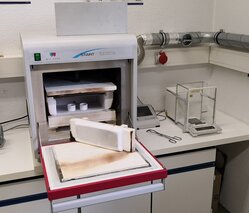
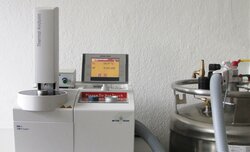
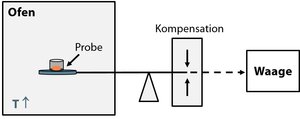
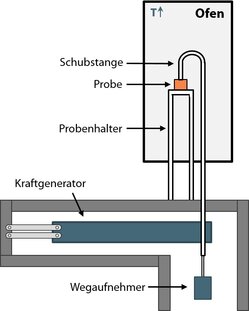
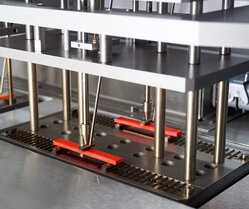
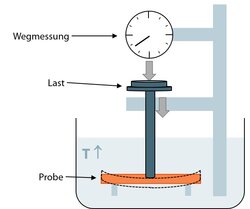
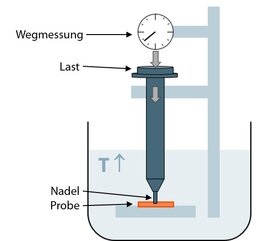

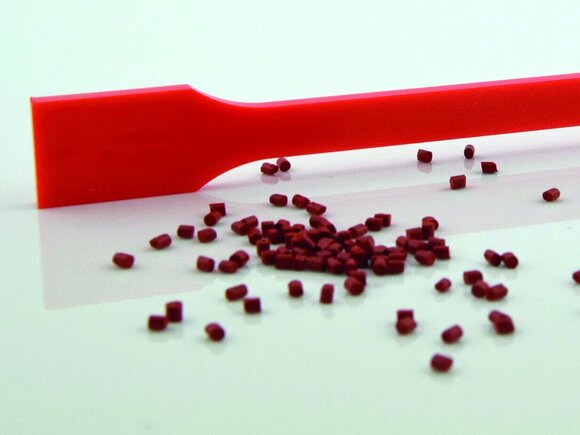


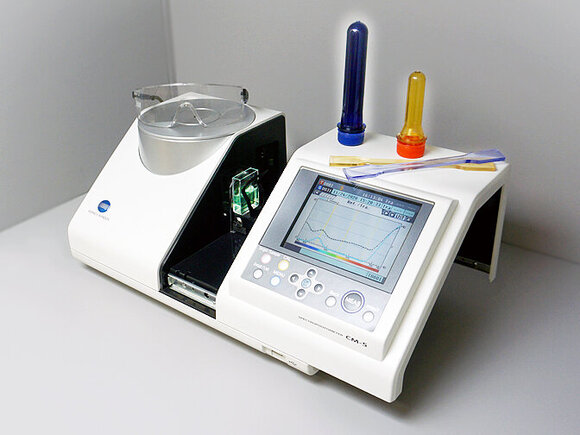





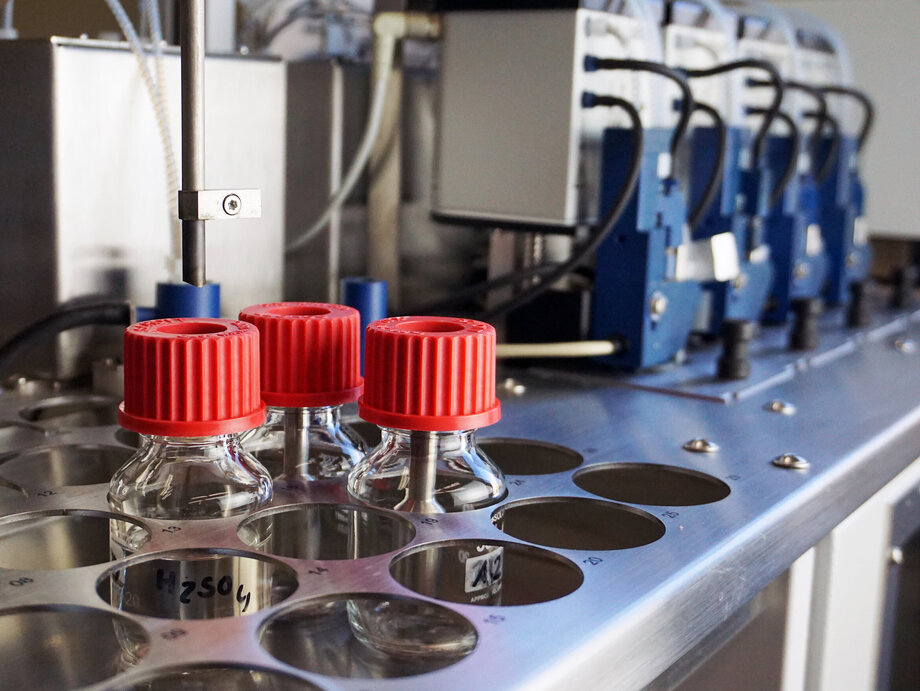
 "/>
"/>